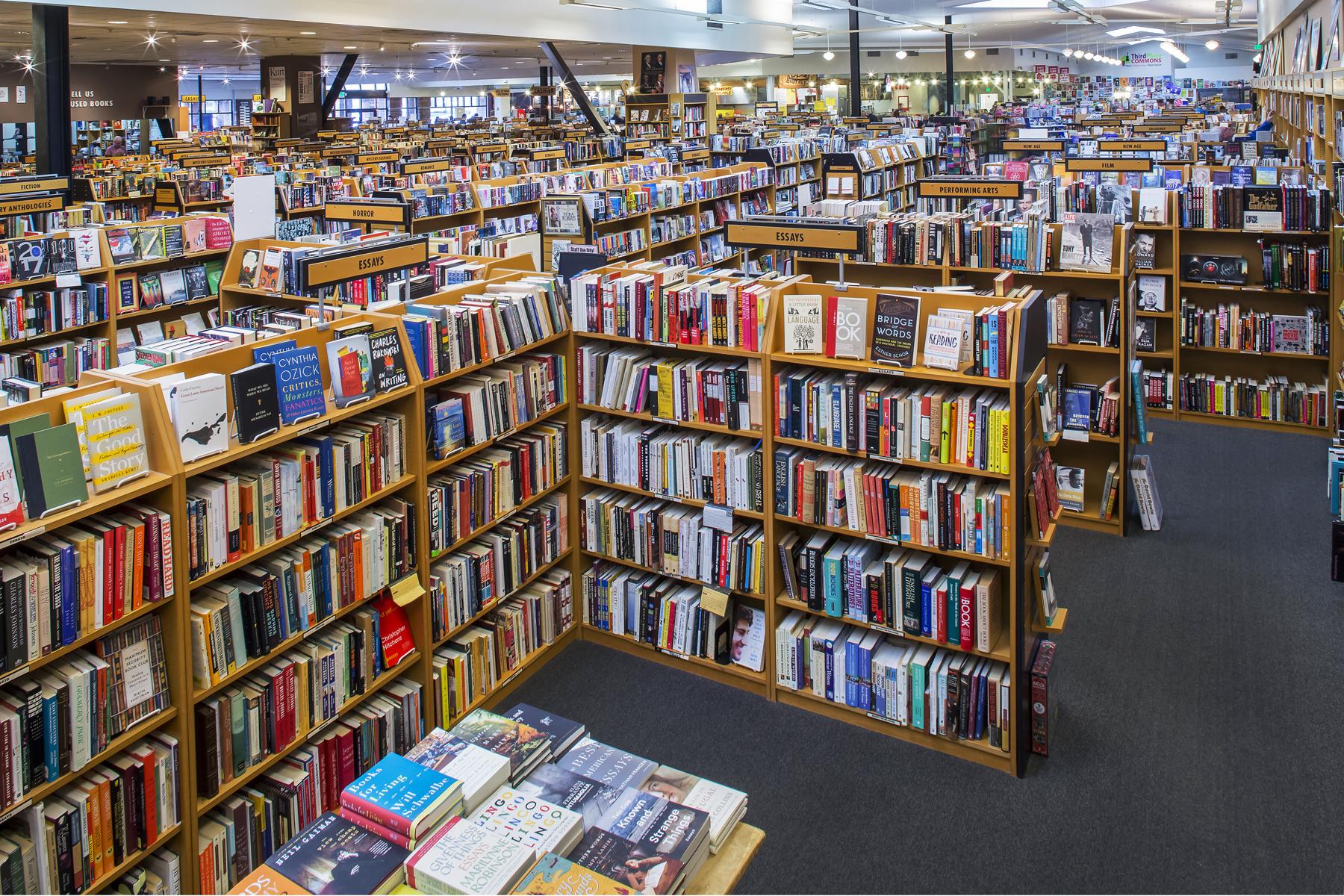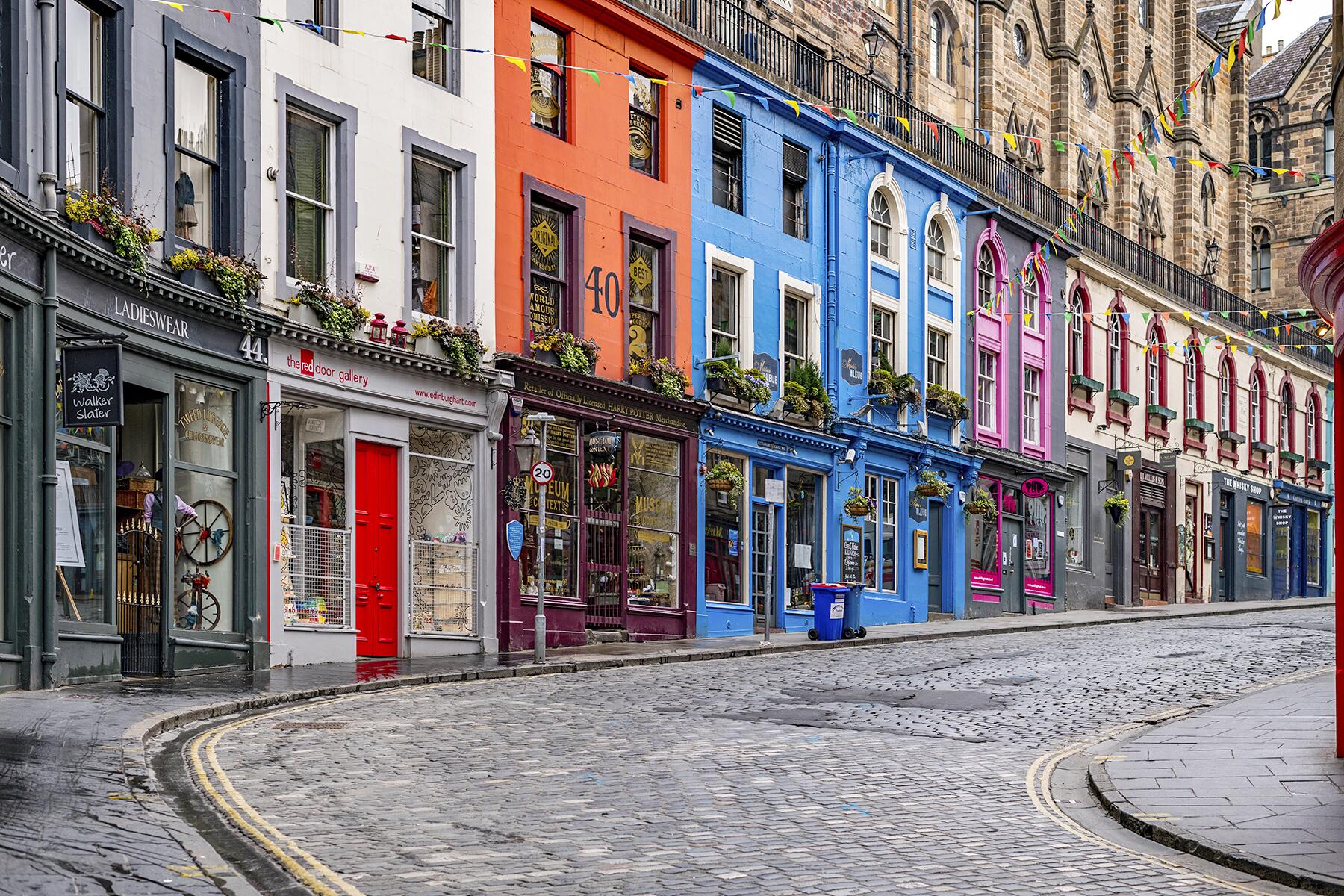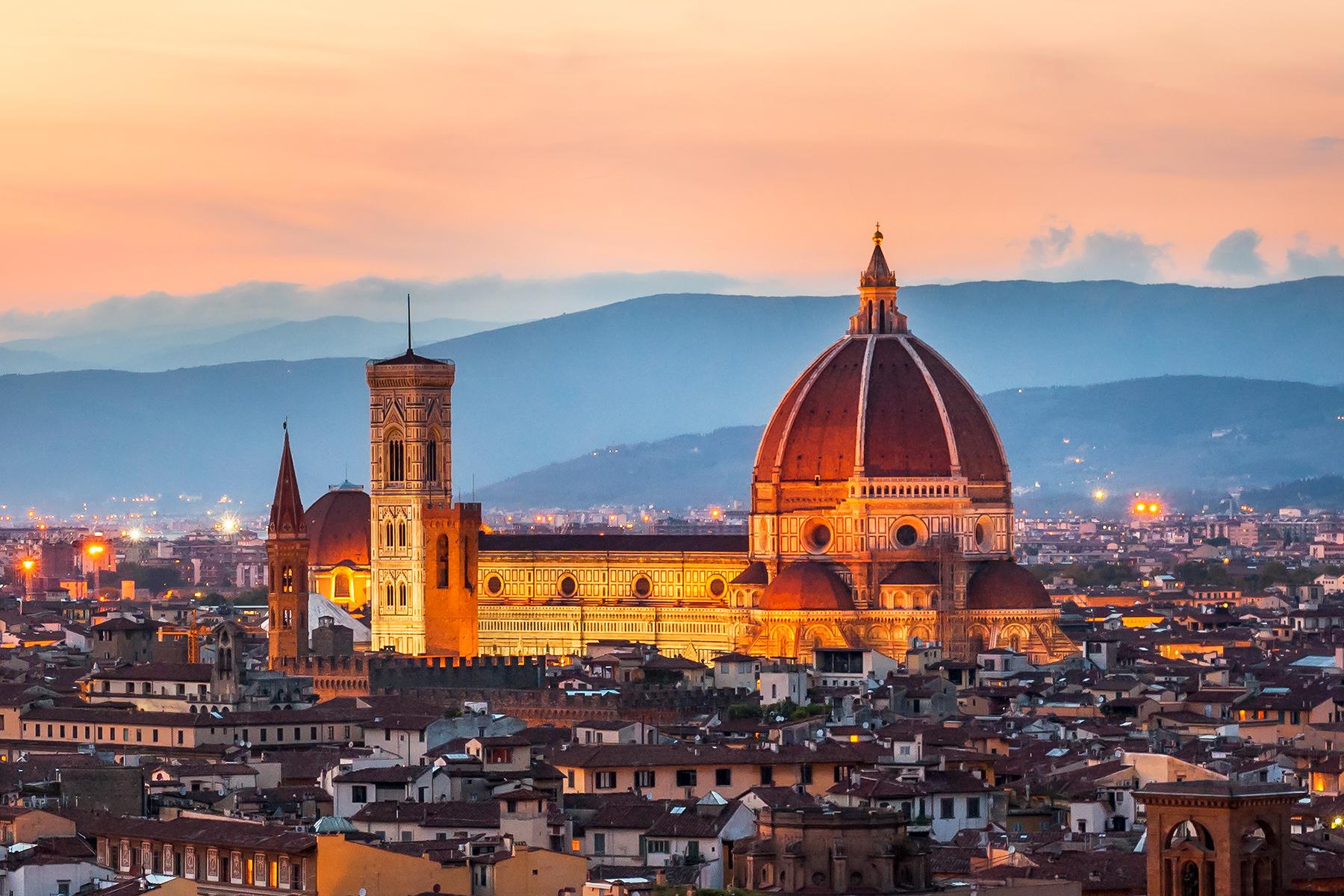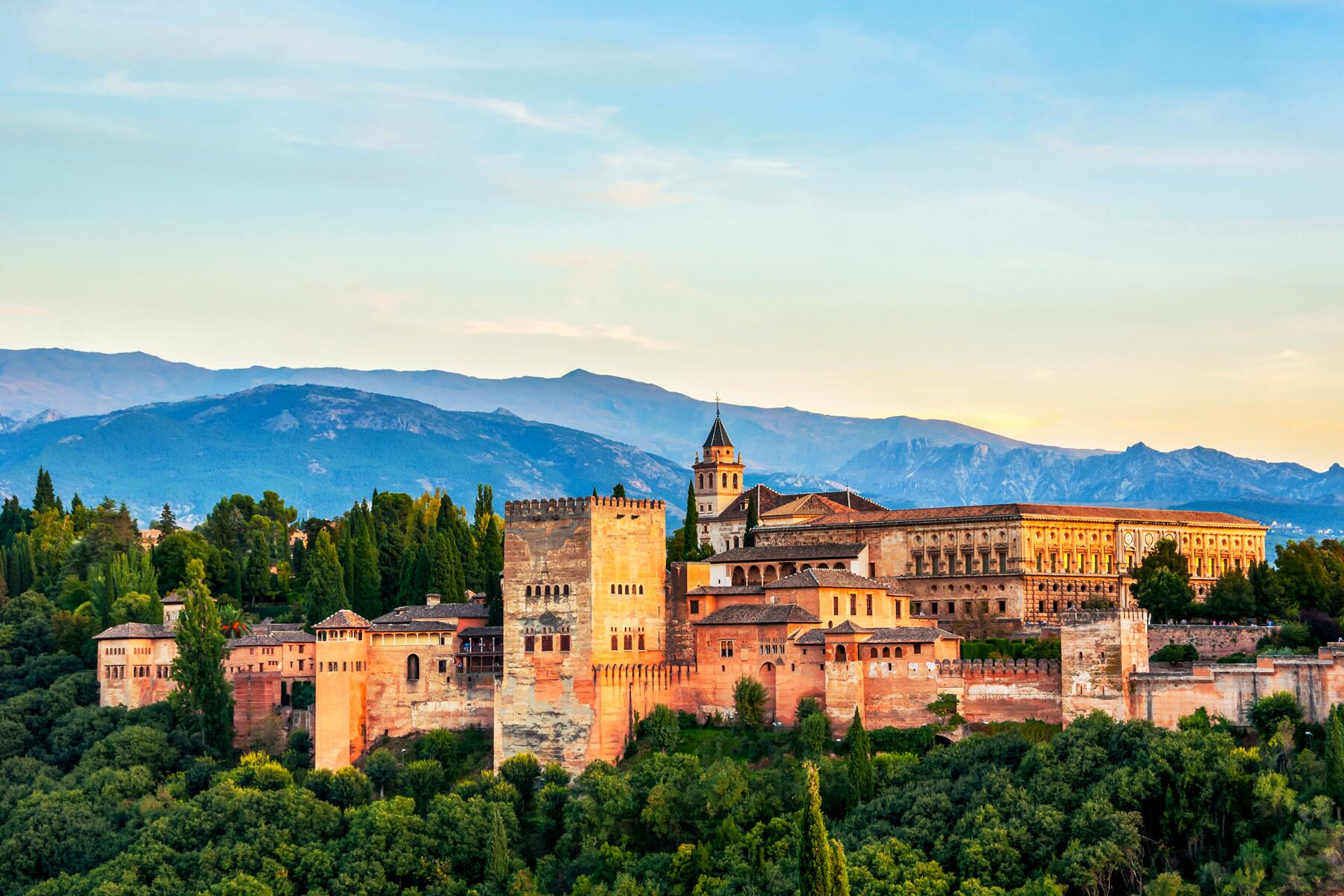- ⁄
- Travel News
- ⁄
- Slideshows •
- Trip Ideas
Get there before tourists rush in.
While tourists swarm Rome, Paris, London, and Barcelona, comparatively few visit a host of lower-profile yet fascinating European cities. Particularly in summer, when Europe’s famous metropolises are choked by visitors, it pays to turn your attention to neglected destinations from France to Bulgaria, Ireland to Romania. Here are 10 of Europe’s most overlooked cities worthy of your next European adventure.
Top Picks for You
Ypres
WHERE: Belgium
The brutality of World War I is embedded deep in the landscape of Flander Fields. More than 1 million soldiers from dozens of countries were either wounded or killed during battles in this region of southern Belgium. Yet its urban hub of Ypres is a serene, picturesque city which, were you ignorant of history, you would never imagine had once been inundated by death.
Home to about 100,000 people, Ypres is centered around its lovely, cobblestone Market Square. This space is fringed by restaurants and dominated by the city’s two key attractions–the In Flanders Field Museum, which painstakingly documents the region’s military history, and the gigantic St. Martin’s Cathedral, topped by a 102-meter-tall spire.
Perth
WHERE: Scotland
This petite Scottish city isn’t just ignored by most travelers in favor of Edinburgh and Glasgow, it’s also undermined by a city 9,000 miles away–the capital of Western Australia dominates the results in any Google search for “Perth.”
A quiet and pretty city wrapped around the River Tay, it has a cluster of timeworn churches, several terrific parks, and two fascinating museums. Perth Museum unravels the city’s history, while the Black Watch Museum, housed in a 17th-century castle, reveals the tale of Scotland’s oldest Highland Regiment.
The highlight of Perth, however, sits amid greenery on its northern fringe. Perth was the capital of Scotland from the early 1200s to the mid-1400s, when Scone Palace was a royal seat, where many coronations occurred. Now tourists can see a replica of the stone used for these royal ceremonies and inspect the palace’s ostentatious interior.
Recommended Fodor’s Video
Liverpool
WHERE: England
Liverpool’s waterfront has long been the city’s lifeblood, first bringing in ships and these days drawing tourists. This once grimy industrial space now hosts a hugely-impressive cultural precinct decorated by modern facilities. They include the Museum of Liverpool, Maritime Museum, International Slavery Museum, Tate Liverpool art gallery, the Museum of Popular Music, and the Beatles Story Museum, which tells the tale of the highest-selling band in history.
Away from the Mersey River, tourists can marvel at the enormity of Liverpool Cathedral, tour Liverpool Football Club’s famed Anfield Stadium, and absorb the creative genius displayed within the sprawling Walker Art Gallery.
Turin
WHERE: Italy
Venice, Milan, Florence, Lake Como–northern Italy is so laden with popular tourist destinations that Turin is understandably overlooked. Yet this surprisingly-large city, which has a metropolitan area of almost 2 million people, rewards curious travelers.
Pilgrims have long been drawn to its commanding, 15th-century Cathedral of St. John the Baptist, home to the Shroud of Turin, a linen supposedly worn by Jesus Christ and a replica of which is exhibited on site. Near the cathedral are a host of fine attractions. They include the well-preserved, 2,000-year-old Palatine Gate, the meticulously-landscaped Giardini Reali di Torino park, and the Royal Palace of Turin, which hosts galleries focused on ancient weapons, art, and archaeology.
Cork
WHERE: Ireland
Dublin and Galway are Ireland’s two most visited cities, with many travelers flying into the former, heading west to the latter, and then south from there to tourist hubs like the Cliffs of Moher and Ring of Kerry. East of Kerry lies Cork, a city of about 200,000 people enlivened by jovial residents, rowdy nightlife, and a rich sporting culture.
At its core is the 18th-century English Market, the best indoor bazaar in Ireland, with more than 100 stalls selling baked goods, fresh produce, dairy products, and delicious meals. Cork has no outstanding attractions–aside from the 15-century Blarney Castle on its outskirts–but there’s great satisfaction from wandering its compact city center, admiring churches, appreciating parks, ducking in and out of lively pubs, and catching a game of rugby.
Lille
WHERE: France
Hugging France’s northern border with Belgium, about 200 kilometers north of Paris, Lille’s history is dense and unique. This city of about 1 million people has, over many centuries, been shaped by the Belgians, British, Spaniards, Normans, and of course, the French.
Outwardly it looks more Belgian than French due to its generous assortment of Flemish architecture, similar to the colorful, ornate townhouses of Bruges, Ghent, and Antwerp. Lille’s finest example of this is Vieille Bourse. Built in the 1650s as Lille’s stock exchange, it now hosts a book market in its magnificent central courtyard.
Plovdiv
WHERE: Bulgaria
It started with a book written by a monk at a mountaintop monastery and ended with the liberation of a people that had been subjugated for centuries. The Bulgarian Renaissance, also called the National Revival, was a period spread across the 1700s and 1800s marked by creativity and optimism as the country pushed toward belated independence.
From that era emerged a beautiful and distinctive form of architecture, unique to Bulgaria and rich with intricate woodwork, attractive curves, and vibrant colors. Nowhere is Bulgaria’s Revival architecture showcased better than in the Old Town of Plovdiv, the 2019 European Capital of Culture. This hilly city is also endowed with a cachet of ancient Roman ruins, including an outstanding amphitheater.
Cordoba
WHERE: Spain
In the wonderful Andalusia region of south-western Spain, the city of Cordoba has to vie for attention with the cultural wonders of Seville and Granada and the simple seaside pleasures of Malaga and Marbella. It does so via a trove of sublime architecture.
Cordoba’s greatest treasure is a hybrid cathedral-mosque, the Mezquita. Dating back 1,200 years, this colossal building is a photogenic blend of Islamic and Catholic iconography and Roman, Moorish and Gothic designs. It is flanked by several more jewels, including the imposing 2,000-year-old Roman Bridge, which spans the Guadalquivir River, and the 1,200-year-old Alcazar of Cordoba, a Moorish palace with brilliant gardens.
Brasov
WHERE: Romania
The Transylvanian mountains have been the setting for many haunting tales, from the fictional story of Dracula to the very-real and very-grim story of Wallachian ruler Vlad the Impaler. With cobblestone streets lined by stately Baroque buildings, the city of Brasov in this lofty region of central Romania is simultaneously eerie and gorgeous.
That contrast is exemplified by Brasov’s main attraction, the Black Church. The interior of this 14th-century building is splendid, dominated by a giant organ. Its exterior, though, is decorated by a disturbing statue of a boy who, according to legend, died right here in a ghastly manner.
Eindhoven
WHERE: Netherlands
In the southeast corner of the Netherlands sits this serene city of about 250,000 people, which is the perfect size to traverse on foot or by bicycle, as the locals favor. Follow the meandering Dommel River past Eindhoven’s modern downtown area until you reach the avant-garde Van Abbemuseum, one of Europe’s finest galleries of contemporary and modern art.
Eindhoven’s passion for cutting-edge creativity also flows into the Cova Art Gallery and MU Hybrid Art House. Tourists who prefer to peer into the past can head to the city’s Prehistorish Dorp, an open-air history museum that recreates a Middle Ages Dutch village.




